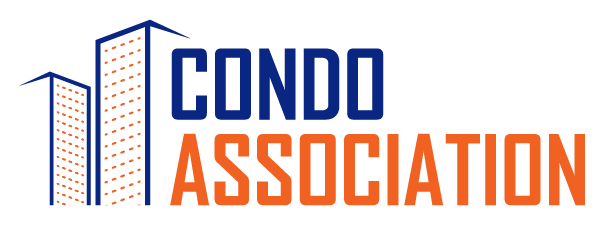All too, often some accident or casualty occurs, a claim is submitted to the Condo Associations insurance agent for forwarding to the carrier, and a response is received informing the Board and its Manager that this is not covered, or some obtusely worded exclusion applies. Likewise, all too often these letters go on for pages quoting provisions from the policy which, in all candor, even we lawyers are hard pressed to follow. Considering recent trends in court decisions holding Condo Associations liable not just to third parties, but to unit owners upon ever expanding bases, this presents a particularly troublesome issue. And the problem can be particularly acute where a Unit Owner suffers property damage as a result of some negligence on the part of the Condo Association.
One situation we faced involved a claim of smoke damage. As part of its winterization of a predominantly second home, summer condominium complex, the Association capped the fireplace flues - that is, they sealed them with plastic, Unfortunately they failed to inform the owners of this and someone came down for a nice winter weekend, lit the fire in the fireplace, layed back on the couch with a fine brandy and a good book, only to have smoke pour back into the unit.
The Condo Association filed a claim under its master casualty policy. However, as in common, it excluded the personal property of the Unit Owner and, as is becoming common, it continued a large deductible. As is equally often common the Unit Owner had no Condominium Owners Policy (an HO-6) and, thus, demanded that the Association pay for the cost of cleaning his expensive living room furniture, drapes, etc.
The Insurer took the position that since the Unit Owner was a named insured under the policy, a claim could not be made under the liability portion of the policy. Rather, the Association could only collect under the casualty loss portion. However, that only covered the Unit and not the Unit Owners personal property and was, as mentioned, subject to substantial deductible.
Fortunately, in that situation we were able to negotiate a resolution with the Insurer. However, another similar situation has arisen with another of our clients and this time the Insurer isnt flinching yet.
All this points to the need by Boards and their Managers to carefully review insurance proposals. It also, unfortunately really points to the need to bring in qualified, independent insurance advisors to develop specifications for the Associations insurance needs and/or for the Association to have its counsel thoroughly review policies. Many insurance policies, though seeming the same on the surface, are materially different when their terms are peeled back. Facing this problem after a loss is not a pleasant experience. Rather, making the extra effort in obtaining the policies can avoid unpleasant surprises.
Source: Marcus, Errico, Emmer & Brooks, P.C.
What is an HOA Master Insurance Policy?
